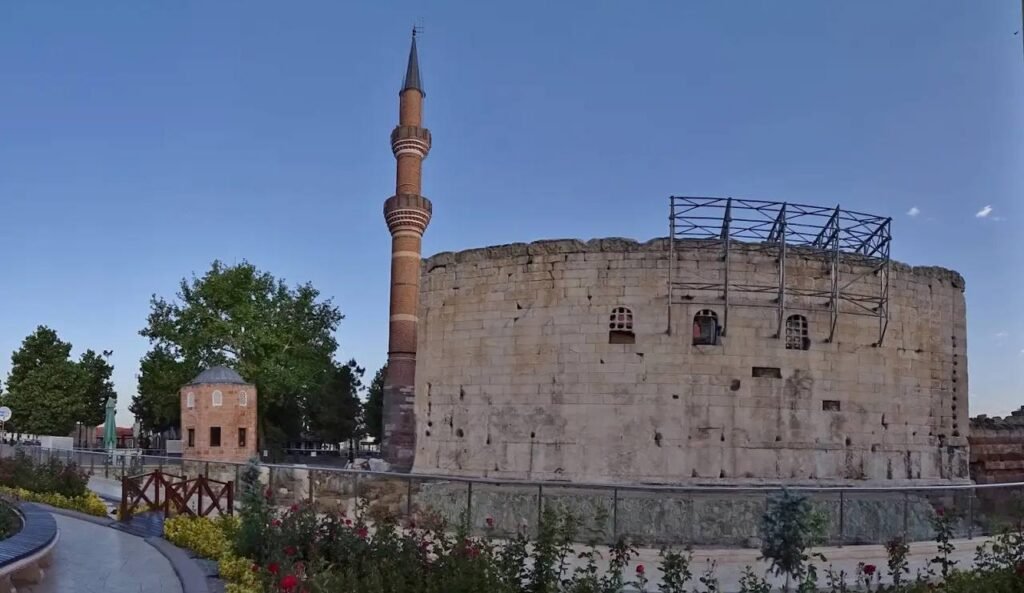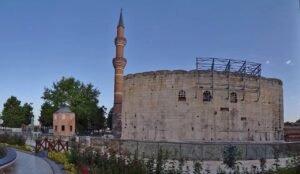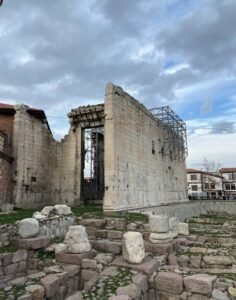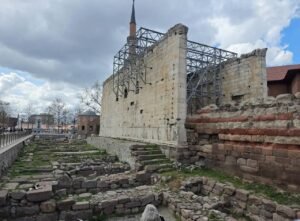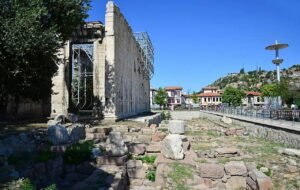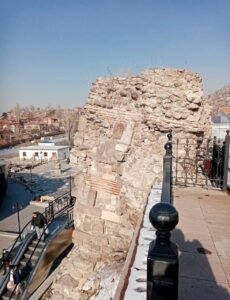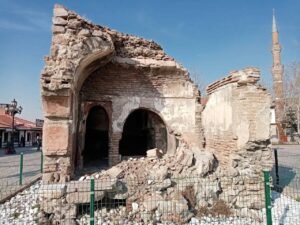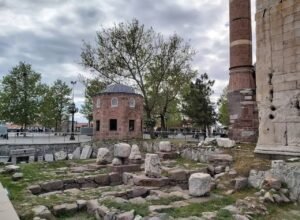Description
Discover the Roman Temple of Augustus in Ankara, Turkey
Nestled in the historic heart of Ankara, Turkey's vibrant capital city, stands a silent witness to millennia of history — the Roman Temple of Augustus and Rome. Also known locally as the Monumentum Ancyranum, this ancient marvel is not just an architectural gem but also a vital link to one of history’s most influential figures: Emperor Augustus. For lovers of history, culture, and archaeology, a visit to the Temple of Augustus is an essential experience when exploring Ankara.
A Glimpse Into History
The Roman Temple of Augustus was built in the late 1st century BC, following the death of Augustus, the first Roman emperor. After the Roman Empire annexed the region of Galatia (modern-day central Anatolia), Ancyra — the ancient name of Ankara — became a prominent Roman city. To commemorate the emperor and the new Roman order, the locals erected this temple on the site of an earlier sacred location.
The temple gained extraordinary historical significance because it houses the best-preserved copy of the Res Gestae Divi Augusti ("The Deeds of the Divine Augustus"), an autobiographical inscription that records Augustus’ achievements and contributions. The text, etched into the temple’s walls in Latin and Greek, offers priceless insight into Roman imperial ideology and Augustus’ self-crafted image.
Architectural Beauty
Although time and the elements have weathered its structure, the Roman Temple of Augustus still retains its graceful dignity. The temple is built on a high podium, with its original design featuring a grand pronaos (front porch) and a cella (inner chamber), typical of Roman temple architecture. Even though only fragments of the original columns remain, visitors can easily imagine its former grandeur.
The temple once boasted Corinthian columns, ornate friezes, and intricate stonework, demonstrating the skilled craftsmanship of Roman artisans. The layout emphasizes symmetry and harmony, embodying the architectural ideals of the Augustan Age. Walking through the temple ruins today, you can still sense the aura of reverence and political power it once conveyed.
The Monumentum Ancyranum: A Treasure Trove of History
What truly sets the Temple of Augustus apart is the Monumentum Ancyranum. After Augustus’ death in 14 AD, copies of his "Res Gestae" were distributed throughout the empire, with the version in Ancyra surviving the best. Carved into the inner walls of the temple in both Latin and Greek, the text has allowed historians to reconstruct large portions of Roman history.
The inscriptions detail Augustus’ rise to power, his military conquests, administrative reforms, and his generosity towards Roman citizens and provinces. Reading these ancient proclamations while standing amidst the ruins is a powerful experience, connecting visitors directly with the distant past.
A Journey Through Time
Visiting the Roman Temple of Augustus is like stepping into a time machine. The surroundings themselves speak to the layers of history Ankara has witnessed. Right beside the temple stands the Hacı Bayram Mosque, a beautiful 15th-century Ottoman structure dedicated to Hacı Bayram Veli, a revered Sufi mystic.
This juxtaposition of Roman and Ottoman architecture in such close proximity highlights Ankara's unique role as a bridge between civilizations. It’s a vivid reminder that Ankara is not just a modern capital but a living mosaic of human history.
Practical Information for Visitors
The Temple of Augustus is located in the Ulus district of Ankara, easily accessible by public transportation, taxi, or even a pleasant walk if you’re staying nearby. Entrance to the site is generally free, though it's best to check current visiting hours, as they can vary.
While the temple itself is not a sprawling complex, it’s worth taking your time to explore it thoroughly. Informational signs help visitors understand the site’s significance, and hiring a local guide can enrich your experience with fascinating stories and historical context.
Photography is allowed, and the site offers excellent opportunities for capturing striking images of ancient ruins against Ankara’s modern skyline. Nearby, you’ll also find museums, markets, and traditional Turkish cafés where you can relax and reflect on your journey through time.
Nearby Attractions
After visiting the Temple of Augustus, consider exploring more of Ankara’s historical offerings:
- Ankara Castle (Kale): Offering panoramic views of the city, this ancient fortress dates back to the Roman, Byzantine, and Seljuk periods.
- Museum of Anatolian Civilizations: Just a short walk from Ulus, this museum houses a world-renowned collection of artifacts from Anatolia’s rich prehistoric and ancient past.
- Atatürk’s Mausoleum (Anıtkabir): A must-visit for understanding modern Turkish history and the life of Mustafa Kemal Atatürk, the founder of the Republic of Turkey.
Final Thoughts
The Roman Temple of Augustus is a rare jewel, where the echoes of empires long past still resonate among ancient stones. Whether you're a history enthusiast, a curious traveler, or a seeker of beauty and meaning, this sacred site offers a profound connection to the cultural heritage of both Rome and Anatolia.
Standing in the shadows of its weathered walls, reading the immortal words of Augustus, and witnessing the dialogue between past and present all around you — visiting the Temple of Augustus in Ankara is an unforgettable experience that will leave you with a deeper appreciation for the enduring legacy of human civilization.
Location
-
Hacı Bayram, 06030 Altındağ/Ankara
